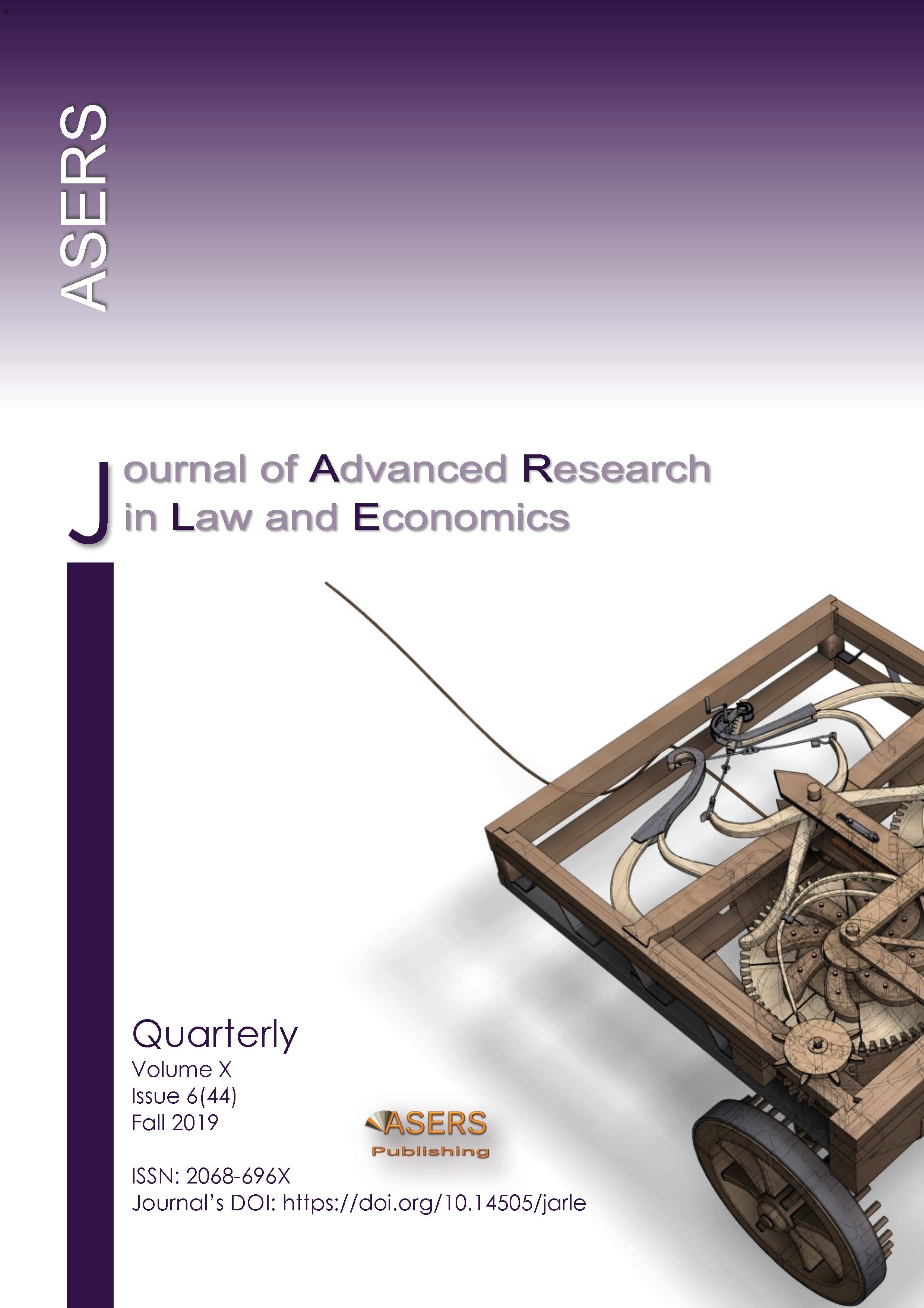Financial Inclusion: Gender and Country Differences
Financial Inclusion: Gender and Country Differences
Author(s): E.U. CHURILOVA, V.V. NARBUT, V.N. SALIN, O.U. SITNIKOVASubject(s): Economy, Supranational / Global Economy, International relations/trade, Financial Markets
Published by: ASERS Publishing
Keywords: financial inclusion; gender gap; saved for old age; financial literacy; level of income; financial services;
Summary/Abstract: The results of a study of gender and country differences in the indicators of financial inclusion across countries for 2017 are presented in the article. Differences in opening bank accounts, their use and saving of funds by groups of countries depending on the level of per capita income have been estimated. It has been established that differences only appear in countries with high income compared to other countries. Access to financial services is equally low in the countries with low and lower middle income. It has been revealed that gender differences are observed only in countries with low income. Gender differences are smoothed in developed countries, where men and women have equal access to financial services. The scale of the gender gap is inversely proportional to the income level of the countries, and the gender gap in terms of the account use is wider than in terms of access to accounts in all groups of countries. It has been found that the main factor determining the country differences in terms of financial inclusion is per capita income. The financial literacy of the population is the second most important factor. The development of institutional banking infrastructure is the third important factor in terms of the influence on financial inclusion. The age structure of the population only has significant impact on the use of bank accounts.
Journal: Journal of Advanced Research in Law and Economics (JARLE)
- Issue Year: X/2019
- Issue No: 44
- Page Range: 1884-1897
- Page Count: 14
- Language: English
- Content File-PDF

